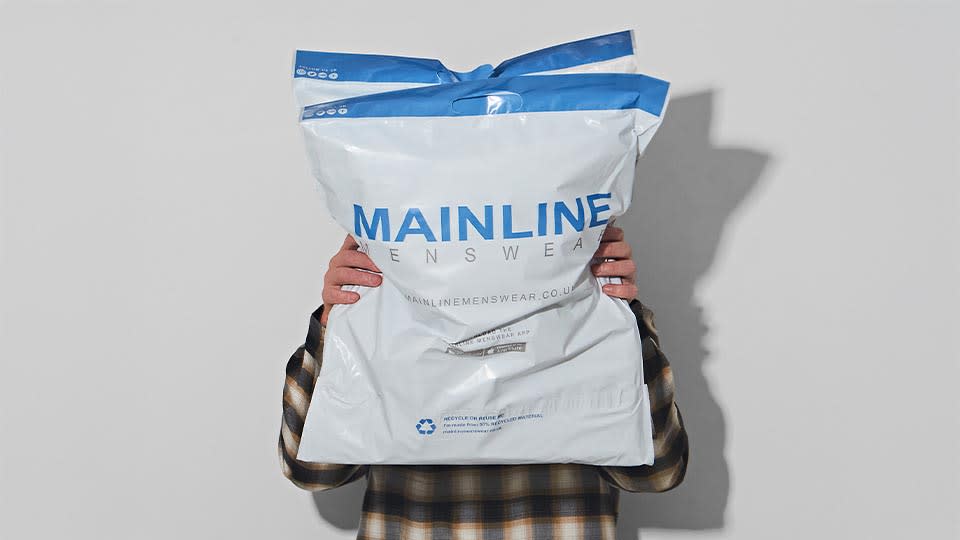
Denim Terminology Guide
It’s a well-known fact that every guy’s favourite piece of go to leg wear is a pair of jeans. Being comfy and durable it’s understandable really. So here is our guide to help you understand denim terminology, making shopping and finding the right pair for you an easier experience.
Washes of Denim Terminology
Acid Wash, this wash is achieved through soaking pumice stones in chlorine and then washing them creating an all over white blotchy appearance.
Enzyme Wash, this wash creates a softer feeling denim, this is through naturally occurring enzymes are used to speed up the wearing process through the removing of the indigo dye. If you prefer your denim to be softened this is a perfect choice of wash.
Stone Wash, this is the most popular look the worn in look, this is achieved by washing the denim with pumice stones in a rotating drum, the longer this rotation take place the lighter the denim will become.
Dye of Denim Terminology
Rope Dyeing, this is one of the common and effective dyeing techniques, a group of un-dyed yarns are twisted together and dyed as a single unit, called a rope. It runs through a large machine where the yarn is dipped into eight indigo baths and pulled out and left to oxidise.
Loop Dyeing, this method was the first to be used when it comes to dyeing denim. It is simply pulling ropes of yarn through a vat of indigo dye then out to the top of the factory allowing this yarn time to oxidize before returning to the dye bath.
Terminology to Know
Cinch, some jeans feature a denim buckle on the back of your waistband. This is a cinch; this allows you to tighten or loosen your waistband. These became less popular in the 20s as belts grew in popularity.
Chain Stich, a traditional procedure of sewing, this style is seen a lot less frequently these days. A special sewing machine sews a loop like stitch is created, this gives the effect of a chain link pattern.
Honeycombs, this is the name for the patches of creases at the back of your knees, these tend to be faded areas.
Ring Spun, one of the eldest and more traditional method of weaving denim. This results in a more rugged and less refined finish than modern methods.
Indigo, the important blue dye used to colour denim. This was originally extracted from plants, however now is mostly synthetic. Indigo naturally fades over time due to its inability to fully penetrate fibres.
Rivet, these are the small metal button like studs you find on the pockets and zips of jeans. Originally used to strengthen jeans at natural stress points. Nowadays are more of a decoration as modern barrack sticking have replaced rivets in industrial denim manufacturing.
Sandblasting, this is a method used to create a softer finish, high pressure sand is fired at the denim removing the indigo in the process.
Yoke, the yoke is the v-shaped section at the back of jeans, this gives curve to the seat.
Sanforized, this is the process which prevents denim from shrinkage and stretching when washing your jeans for the first time. The opposite of this process is un-sanforized denim, this is raw, unwashed denim and will normally shrink by 7-10% after its first wash.
Whiskers, like honeycombs explained above, whiskers is he name for horizontal faded creases where the indigo has worn off across the crotch area of jeans.
Selvedge, the selvedge line of edge refers to the edge of the product on woven denim during the manufacturing process to stop if from unraveling.
What did you think of this post?
Great!
Helpful!
Not for me!




